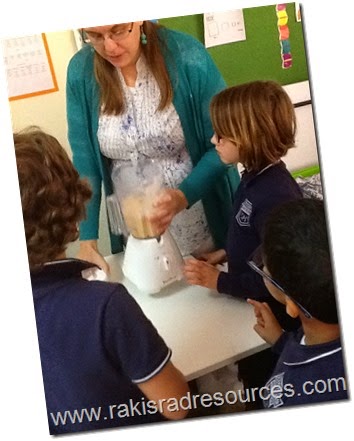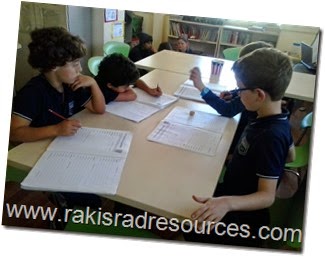
Additionally, when students simply memorize a list of words they rarely understand the meaning of their words, which means they will rarely use those words in their independent writing. The entire purpose behind learning to spell words is to improve reading and writing skills. If students don’t know the meaning of the word, there is no purpose in memorizing how to spell it because they can’t use the word in their writing and it’s not going to help them better understand what they are reading. This is particularly important for ESL students and students from low income homes. These students often have smaller spoken vocabularies and so they are often asked to memorize lists of words that they don’t understand. This turns into a time wasting exercise and we wonder why their vocabularies are improving so slowly. This is why I have turned my spelling instruction into vocabulary instruction for the past few years. Students learn vocabulary, which I feel is important, but they are also doing “spelling” which many parents and administrators feel is important. Everybody wins!

Even though we teach students spelling patterns, they will still make mistakes in their writing. However, students who have been taught to look at words for possible mistakes will have built up the ability to edit their own writing more proficiently. This is why my spelling assessments are not memorized lists where students write out words that I say – a skill that will rarely be used outside of school, unless your students are planning on becoming secretaries who take dictations. Instead, my students look at typed sentences with misspelled words in them. They then correct the misspelled word. This is a skill that will come in very handy as they edit their own writing, and possibly the writing of a peer.

Two years ago I began to put together some word work/ spelling/ vocabulary packets to help my students work on spelling patterns, vocabulary and editing skills all at the same time. Of course all of my students were not on the same level, so I went ahead and created four differentiated lists for each spelling pattern. This meant that the whole class could practice the same spelling pattern while each student worked at the correct level for them. It has taken time to put together these Differentiated Word Work Packets, but I am excited to say that I have finally completed 30 packets, each with five activities for each level, and put them together into a Year Long Word Work Bundle, which is now available in my Teachers Pay Teachers store.
Whether you choose to use my bundle or another set of resources, please be sure to teach your students spelling patterns, vocabulary meanings and proofreading skills, as all of these are vitally important to applying good spelling to student writing.

























